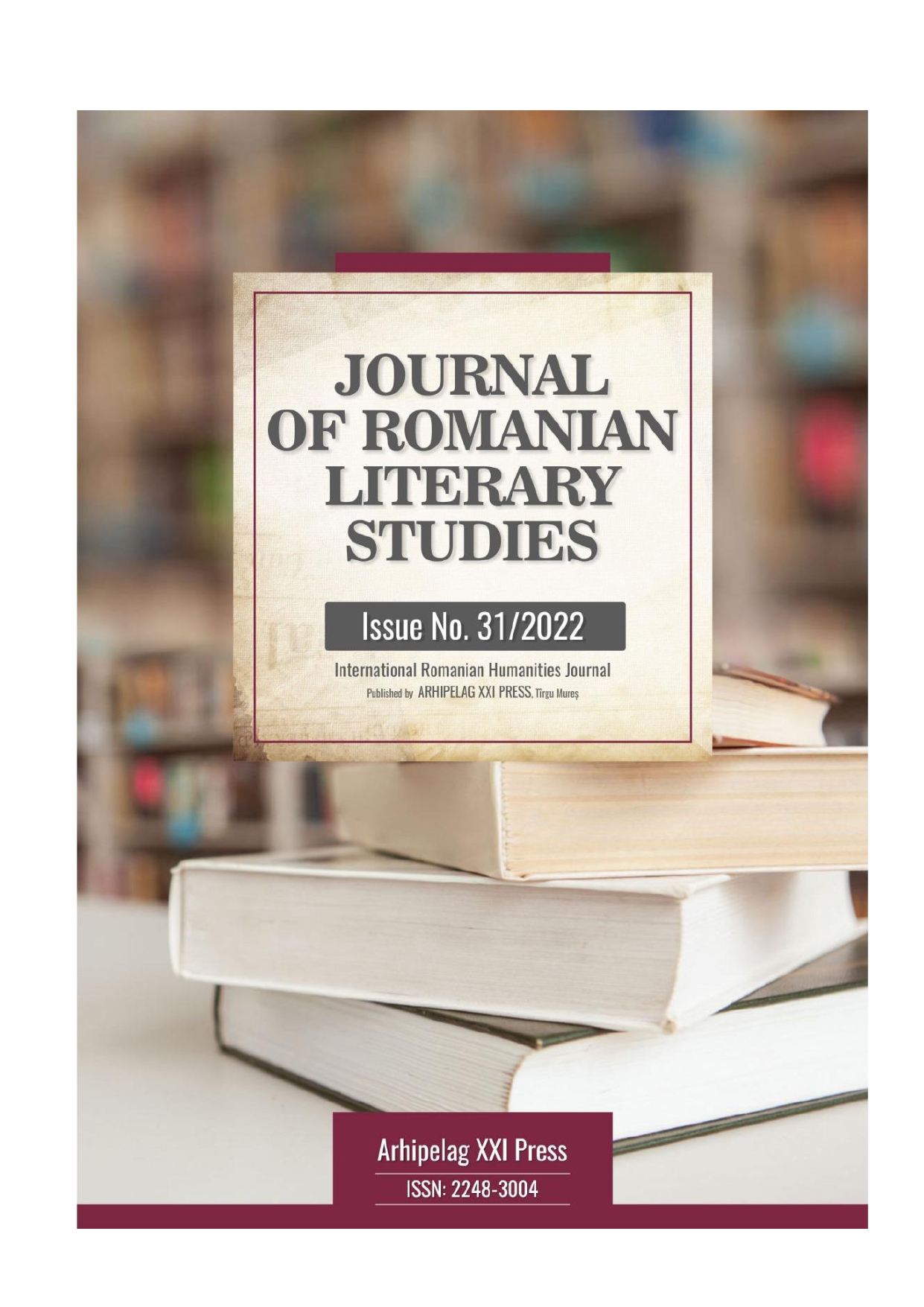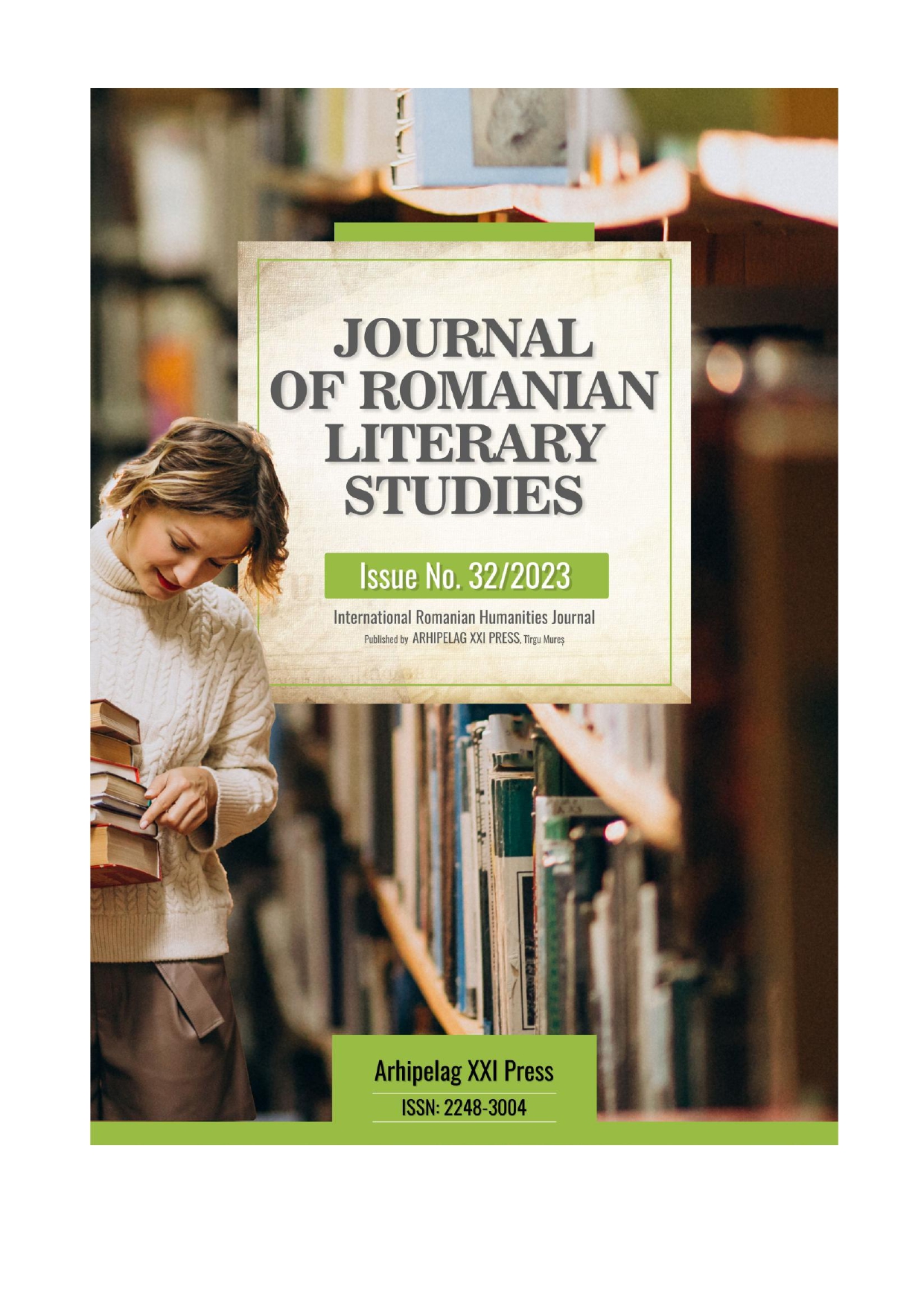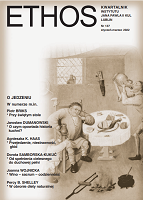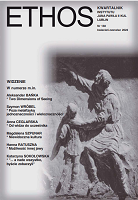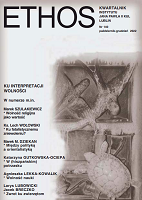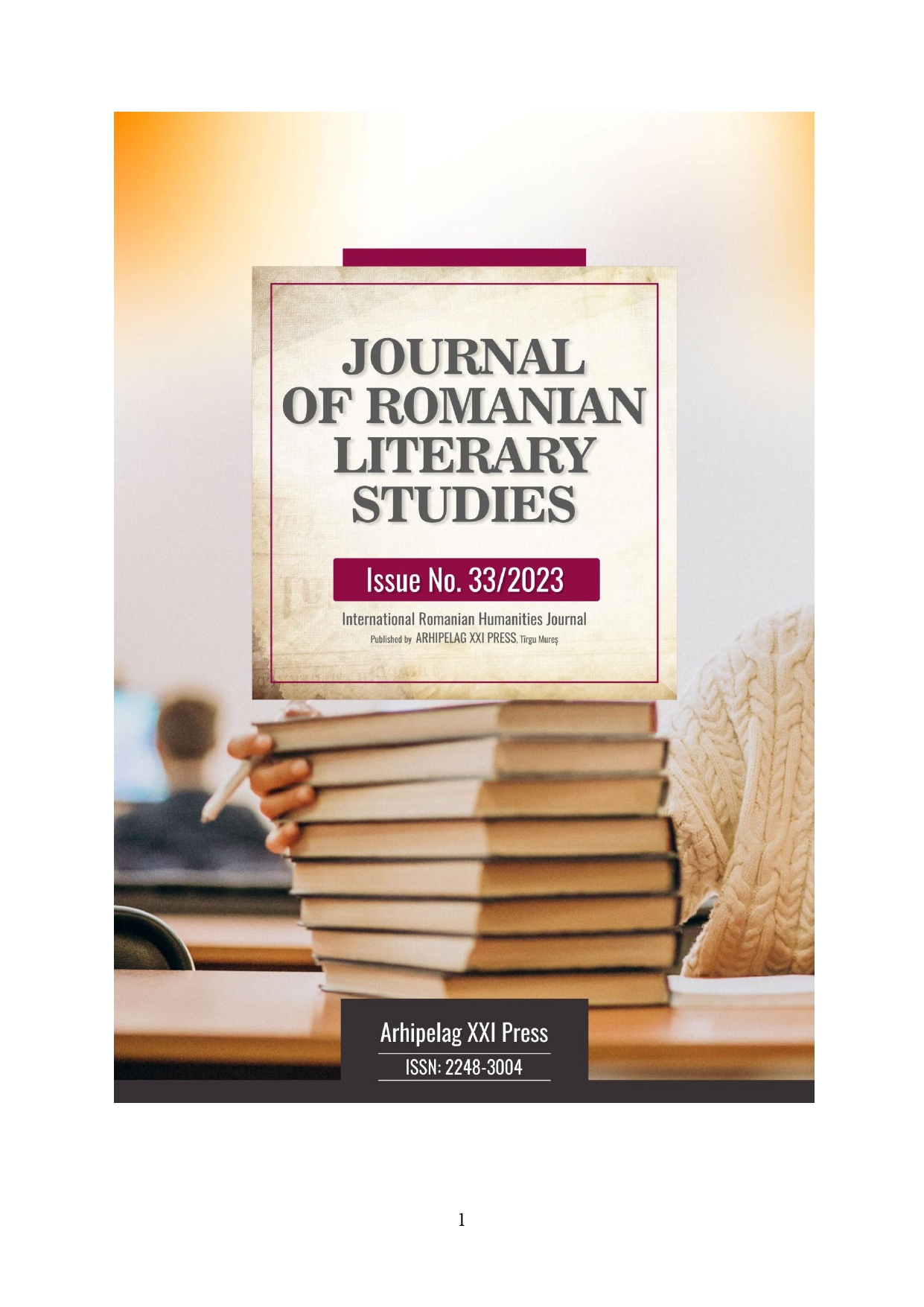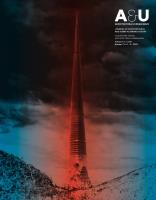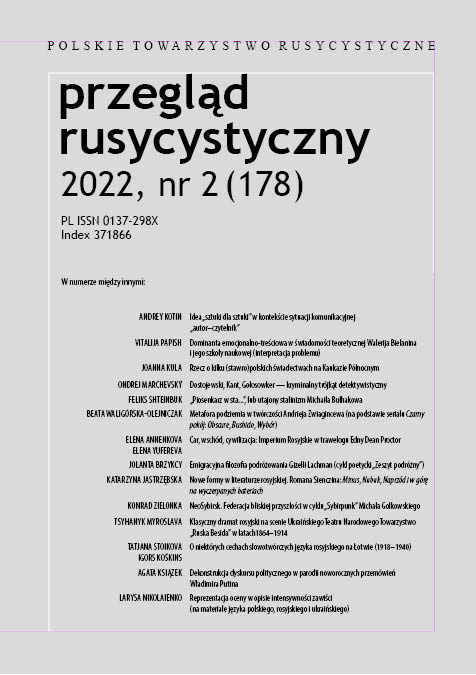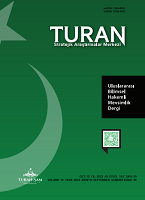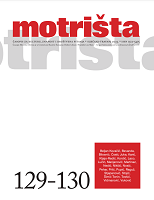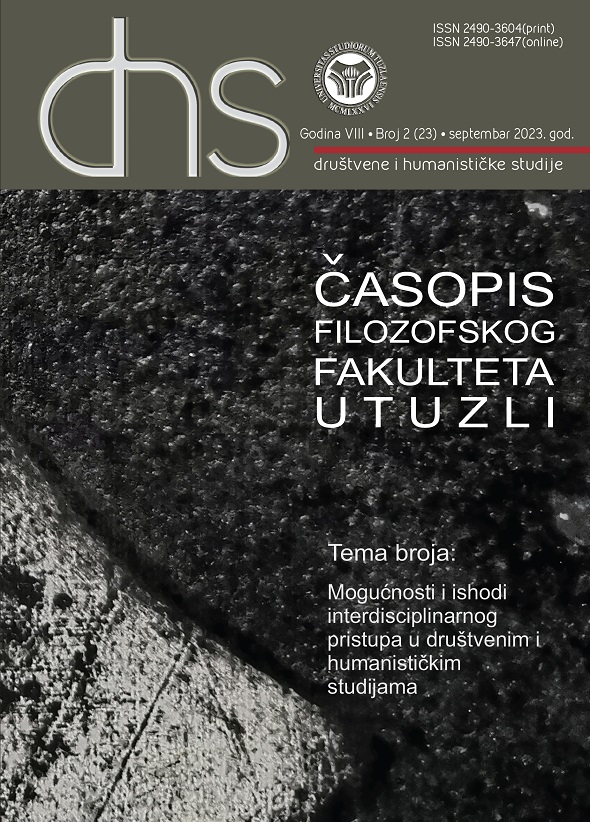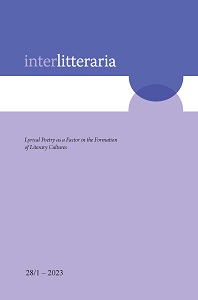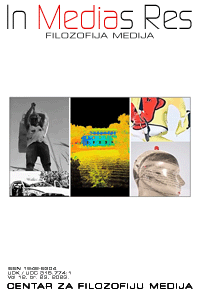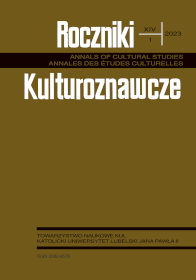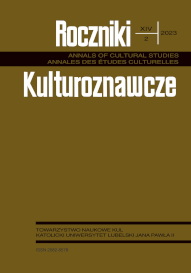Author(s): Małgorzata Sławek-Czochra / Language(s): English
Issue: 1/2023
This study aims to investigate which emotions were most often evoked through art created during the pandemic and what are the new symbols of emotions and themes used in the creative process. Two research techniques were used in the study: content analysis and Panofsky’s method. The research material consists of 100 illustrations obtained from the internet after entering the keywords ‘art’ and ‘coronavirus’ in Google. In the analysed material the most common emotion was fear of COVID-19, loneliness, inability to maintain physical closeness, and the rules of social distancing. The most common reactions were: a desire to isolate from the source of infection, trying to hide from the coronavirus, avoiding an infection by covering the mouth and nose with a mask, gloved hands, staying at home in isolation from other people who can spread the disease. The second most common emotion was anger, most often caused by a risk of infection with COVID-19, isolation, government decisions restricting the organization of artistic events, and relocation. The most common behaviour that expressed anger was screaming and aggression, such as hitting or kicking a coronavirus molecule or its manifestations. Sadness was triggered by a fear of COVID-19, spread of the virus, health deterioration, loss of salary and loss of contact with family, loneliness in hospital, and social distancing. The manifestations of sadness in the analysed images could be observed through facial expressions, eyes, and crying. Sadness can also manifest itself through apathy and self-isolation. The least frequent emotion in the analysed research material was joy, which was the result of an improvement in the general health situation in the country, recovery, effectiveness of health care, a new topic in art, and satisfaction with family life. The symptoms of joy were, above all, a smile on the face, kisses, jumping and dancing. Street artists appealed to a wide variety of themes: religious, mythological, popular culture, and new technologies. The analysis of the research material showed that new symbols representing the SARS-CoV-2 pandemic appeared in the social space and culture: the coronavirus molecule (an emotionally universal symbol) and a white or blue surgical mask and latex gloves symbolizing fear. The study brings some knowledge about new symbols of emotions, the specific content of art during the COVID-19 pandemic, and new research tools to be used.
More...
